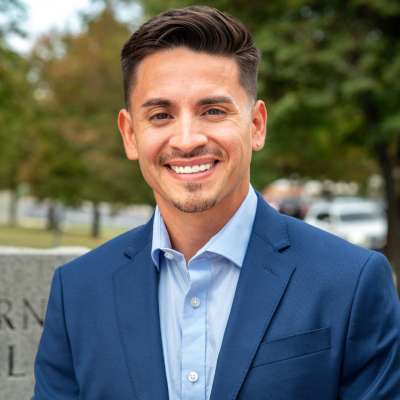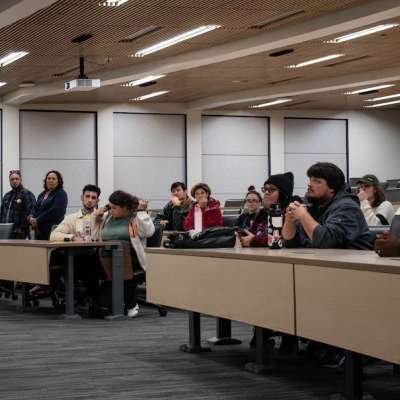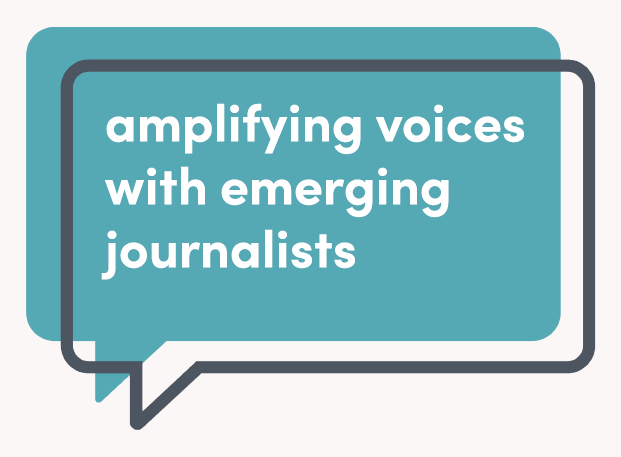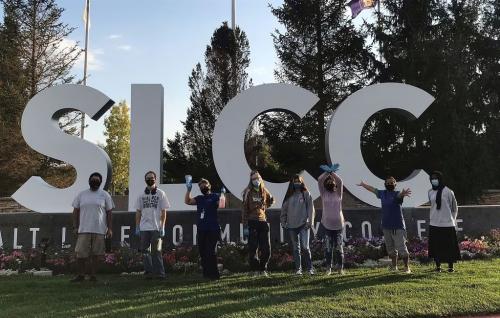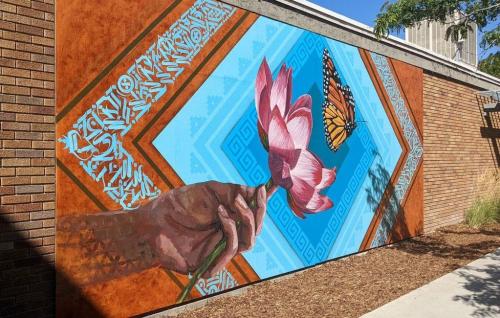Native mascots are gradually being removed across the United States.
In 1972, Stanford University dropped the headdressed Indian as its mascot after 55 Native American students and staff petitioned the school.
In Utah, the Bountiful High Braves, a fictitious Native mascot, changed in April 2021 to the Redhawks after advocating efforts from Native American activists, including James Singer, a Salt Lake Community College assistant professor, and Carl Moore of Peaceful Advocates for Native Dialogue and Organizing Support.
“Researchers have repeatedly shown mascot use disproportionately affects Native students in negative ways. It reinforces the racist ideas that White Americans have towards Native Americans,” said Singer, co-founder of the Utah League of Native American Voters. “If you get rid of a Native mascot it doesn’t harm anyone, but if you maintain a Native mascot people will be harmed and there will be persecution and contention.”
“There has been a long-standing solidarity between black and indigenous communities and our stories are so intertwined with the formation of this country and resistances to injustices,” said Dr. Luhui Whitebear, a member of the Coastal Band of the Chumash Nation.
Whitebear, a scholar, mother and Indigenous activist, was elected to the Corvallis, Oregon school board in 2021. Taught as a young girl that her voice mattered, her mother marched with Cesar Chavez and her father was an active member in the historical American Indian Movement.
Whitebear believes the murder of George Floyd, occurring in the pandemic when everyone was isolated, has catalyzed a greater social awareness that wouldn’t have been possible otherwise. The world slowed down enough to finally listen to what social justice groups have been voicing for decades.
NFL and MLB changes
This shift globally motivated groups to put pressure on businesses and sports organizations to “change the mascot.”
Daniel Snyder, owner of the Washington Football Team, which was previously known as the Redskins, responded to pressure back in May 2013 during an interview with USA Today.
“We’ll never change the name...It’s that simple. NEVER — you can use caps,” Synder said at the time.Years later, that pressure has increased, and now those sports teams are starting to change. The Washington Football team plans to announce a new name and logo in early 2022.
Because of social and financial pressures, more sports teams are joining the shift, including the Cleveland Indians, which recently changed their mascot to the Cleveland Guardians, and discontinued the use of the mascot “Chief Wahoo.”
In Utah
Some schools, universities and sport organizations continue to use mascots and imagery from Native American tribes. For example, the University of Utah has a standing agreement with the Ute Indian Tribe to provide education and support to their tribe in exchange for use of the “Ute” name.
“We’re honored to continue using the Ute name, and we acknowledge the special responsibility our athletes and fans bear to the Ute Indian Tribe,” stated Mark Harlan, University of Utah athletic director during an interview with the Salt Lake Tribune in 2020. The Ute tribe continues to support the agreement with the university.
Whitebear made it clear she does not speak for sovereign nations that she is not a part of, and it is within the sovereign rights of their governing bodies to act how they see fit.
She does remind people and organizations to consider the behavior of those associated with rival schools.
“There is no responsibility to the opposing teams and how they mock sports teams with Native mascots,” Whitebear said.
American sports fans will talk trash with their opponents during games, sometimes derogatory imagery including signage that has included the words “Trail of Tears Part 2.”
“[Mascots] are not a remembrance or honoring of Native peoples, but the creation of what the ‘Indian’ is in terms of the white settler colonizer,” said Singer, who is also the coordinator of ethnic studies at SLCC. “It is a way to assuage their fears and a way to comfort themselves from the past, which was a physical and cultural genocide that continues today.”
‘I am optimistic’
Native people have often been told by defendants of Native American mascots that they should be honored by the noble and brave sports team mascots that represent Indigenous heritage in a positive light.
“These types of depictions of Native imagery wouldn’t be necessary if Indigenous nations were seen as equals in a democratic society,” Singer said. “Public schools are required under law to be as equitable as possible to all of our students.”
Singer has seen the inequity among indigenous populations. He would often travel to Navajo Nation as a child to visit his grandmother and noticed she had no running water, yet nearby at Lake Powell visitors would have access to all amenities, including running water.
Singer is working on his PhD at Utah State University in sociology, researching labor markets and social policy.
The removal of Native American mascots and Indigenous activism has in part rested on the shoulders of Native scholars, who are active community members and involved parents raising the next generation of leaders.
“We are so much better than what we have been told and we have so much to offer...and I am optimistic,” Singer said. “Our teachings, our Indigenous knowledge can actually help heal ourselves, each other and our planet.”
Valene Peratrovich wrote this story as a journalism student at Salt Lake Community College. It is published as part of a collaborative including nonprofits Amplify Utah and The Salt Lake Tribune.
###
NOTE TO MEDIA PARTNERS PUBLISHING WORK
We also request organizations include the following text either at the beginning or end of the story text:
This story is jointly published by nonprofits Amplify Utah and [Your Media Organization's Name] to elevate diverse perspectives in local media through emerging journalism. Valene Peratrovich wrote this story as a journalism student at Salt Lake Community College. For more stories from Amplify Utah, visit amplifyutah.org/use-our-work.








